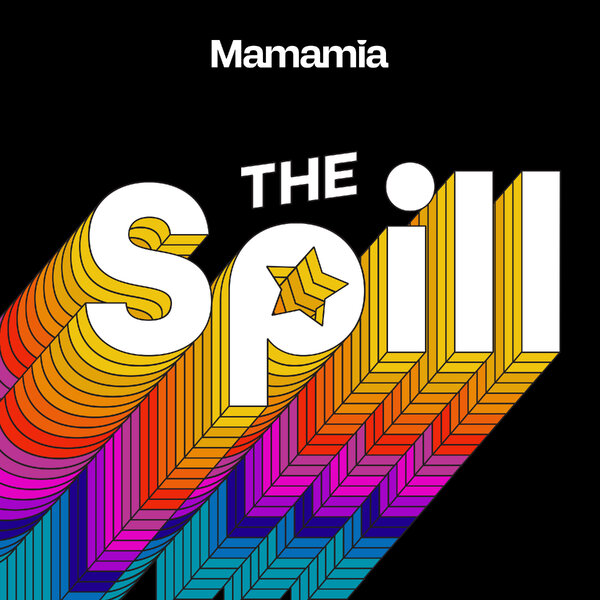
With all the hype surrounding Netflix’s Tidying Up with Marie Kondo, there’s the belief that good things come to those who rid their lives of all the unnecessary junk they don’t need.
According to the cleaning guru, what remains is joy.
But there’s just one problem. In between the original cluttered houses and pristine, minimalist, joy-infused finished product are bags and bags of rubbish filled with stuff.
As it turns out, sparking joy results in a lot of waste.

We've reached an age where we've been boxed in by our own privilege to mass-produced, cheaply made - and bought - goods that we don't actually need.






























































































